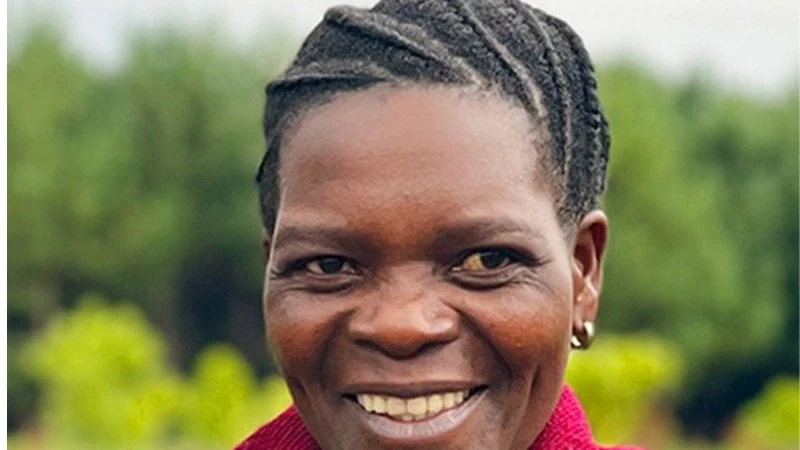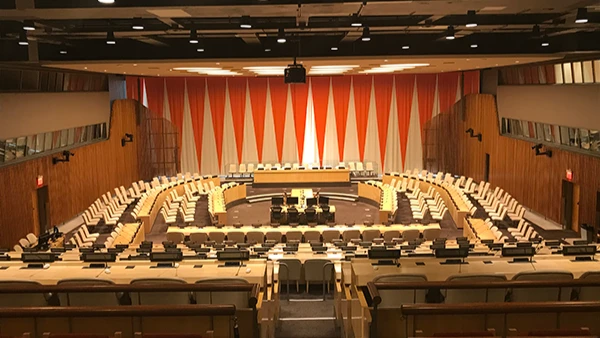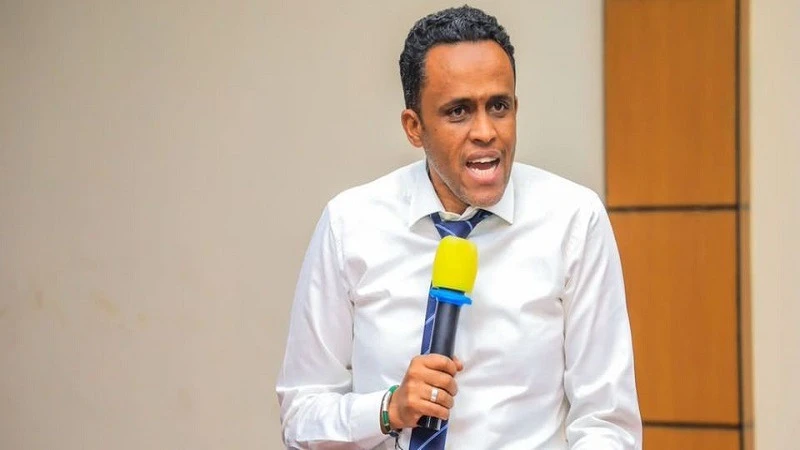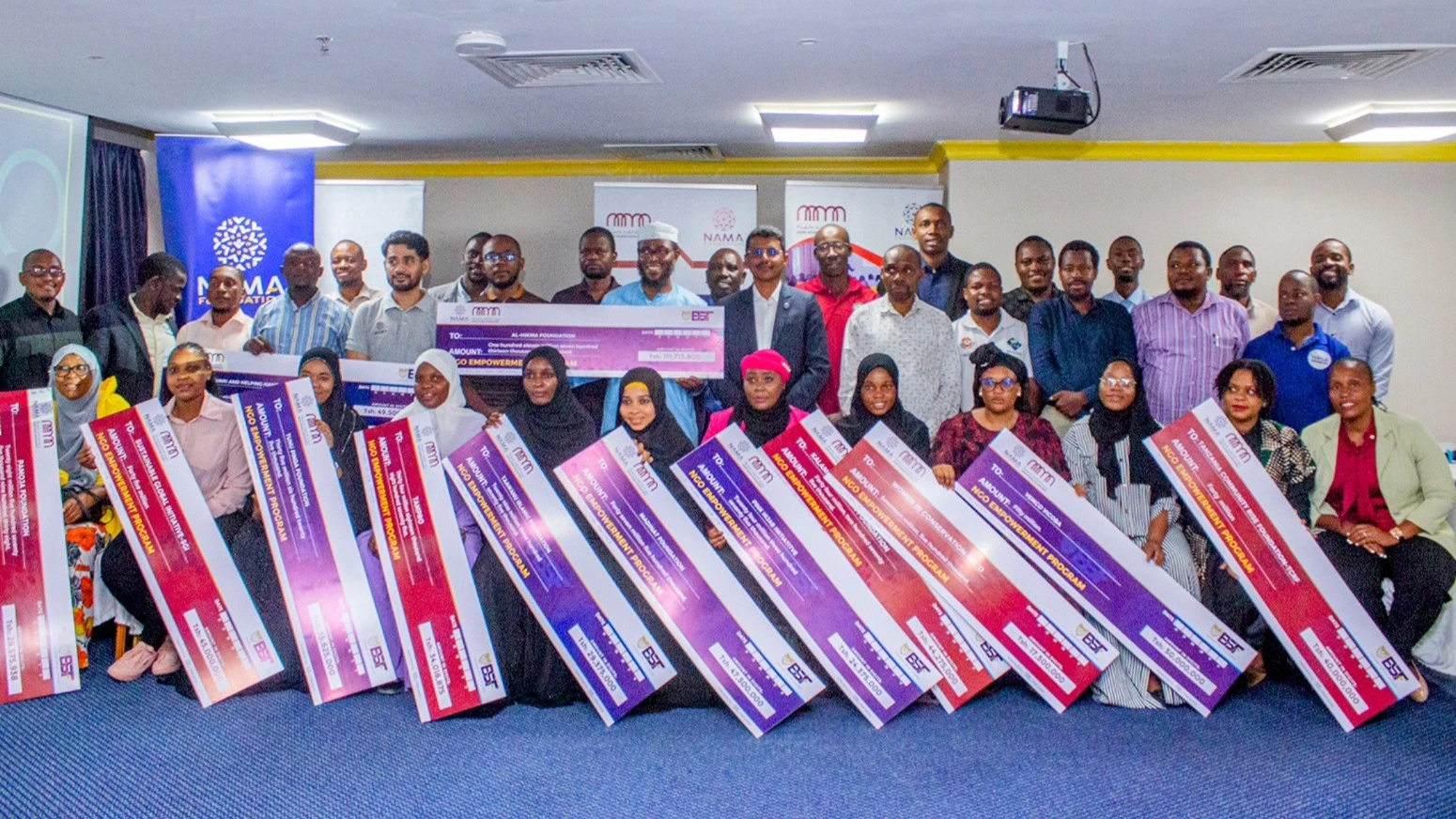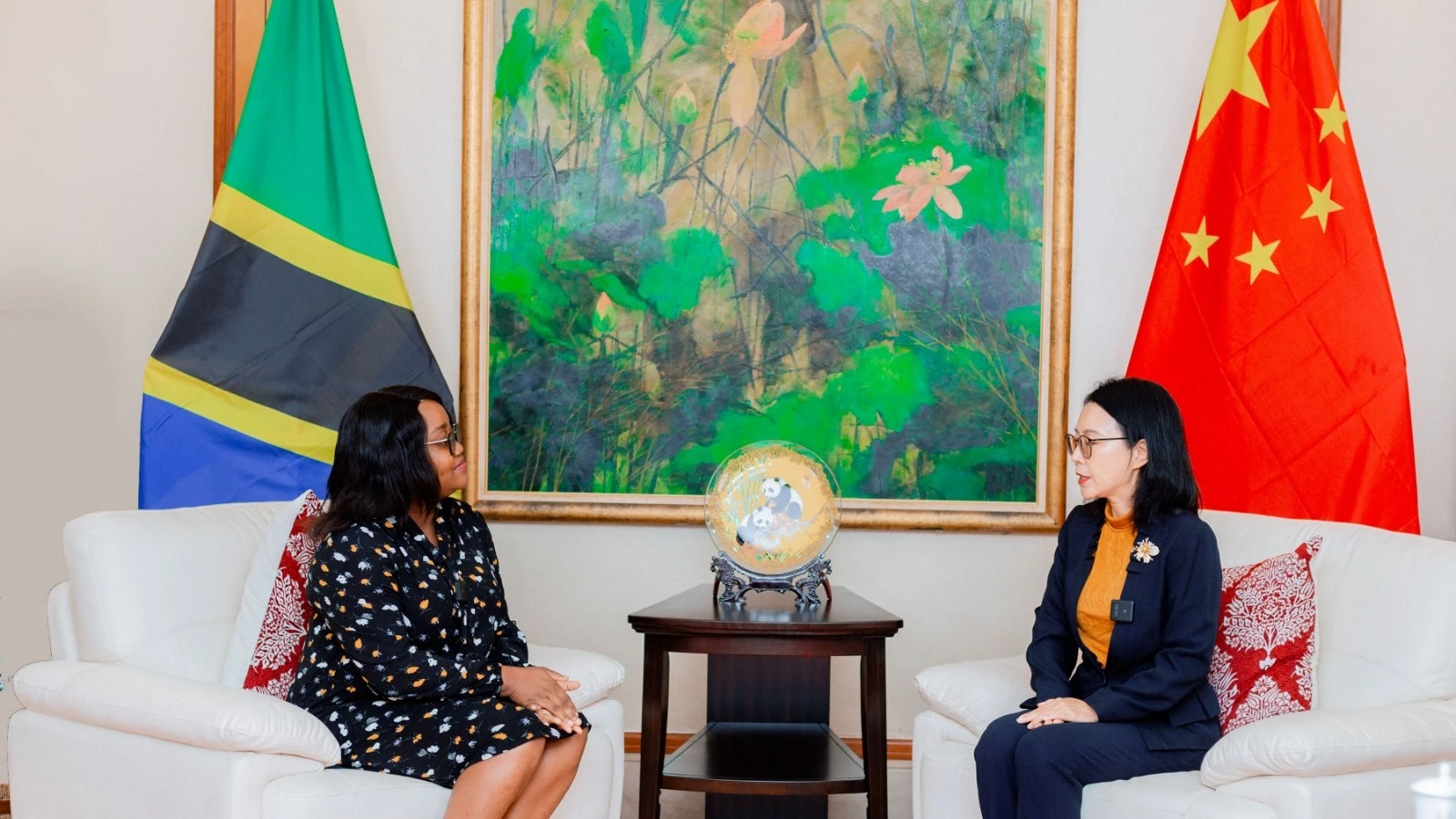Family planning is vital for national development and economic growth

FAMILY planning is no longer a matter of personal choice alone; it has become a cornerstone of national development. With Tanzania’s population projected to nearly double by 2050, experts call for urgent action.
A budget and development analyst, James Mlaki spoke to The Guardian on how Tanzania can draw lessons from Asian countries like South Korea and Singapore, where family planning played a pivotal role in their economic transformation.
Qn: How did countries like Singapore and South Korea incorporate family planning into their national development strategies—and how does this compare with Tanzania’s approach over the past decades?
A: Countries like Singapore, South Korea and even others like Malaysia and Thailand were on nearly equal footing with Tanzania in the 1960s.
Back then, the average fertility rate was around six to seven children per woman, and economic indicators were similarly low across the board. In fact, post-war South Korea may have been worse off, struggling with extreme poverty and total infrastructure collapse.
But they made a decisive policy shift early: population control was not treated as a health issue alone, but as a central pillar of economic development. They understood something fundamental: land and resources were limited.
Even though Tanzania has a larger land area, its capacity is finite and must be managed relative to population size, food systems, water access, and public services.
Those Asian countries encouraged families to have only the number of children they could educate, feed, and care for. And they didn’t stop at slogans—they matched intent with investment.
Tanzania, on the other hand, introduced modern family planning methods as early as 1959, even before independence. That shows foresight. But progress has been painfully slow.
From 1959 to 2022, uptake of modern contraceptive methods in Tanzania grew from 0 percent to just 31 percent—a change of less than 1 percent per year on average.
Meanwhile, by the 1990s, countries like South Korea and Thailand had already surpassed 60 percent.
The results are visible in fertility rates too:
South Korea reduced its fertility rate from 6.3 (1960) to 2.0 (1990s), while Tanzania, over the same period, dropped only from 6.7 to around 5.2.
This stagnation has critical implications for service delivery, economic planning, and sustainable development.
Qn: What caused Tanzania’s slow progress despite early policy adoption?
A: The biggest obstacle? budget or lack of it.
For decades, Tanzania has relied heavily on donor funding for nearly all family planning efforts—from procuring contraceptives to running education campaigns and training health workers.
Until 2010, there was virtually no domestic funding. It was only with the launch of the National Family Planning Costed Implementation Plan (NFPCIP) that a formal budget framework emerged.
But even then, the government fell short. When the annual funding requirement was about 20bn/-, the government allocated just 0.5bn/- in the first year.
Over five years, the highest allocation ever made was 5 bn/-—still only a quarter of what was required.
This chronic underfunding created a high unmet need: For more than 20 years, 22–25 percent of Tanzanian women who wanted to use family planning couldn’t access it.
Reasons included lack of trained health workers, stock-outs of commodities, and poor access in rural and remote areas. The consequences are dire: over 1 million unplanned pregnancies each year and increased maternal mortality.
Others are unsafe abortions and high rates of teenage pregnancy, particularly among girls aged 15–19, many of who drop out of school and remain in poverty.
Qn: What can Tanzania learn from Asia about integrating family planning with women’s empowerment?
A: That’s the heart of it. In Asia, success didn’t come from contraceptives alone. It came from integrating family planning with investments in human capital—especially women. Governments prioritized girls’ education, skills development, and economic empowerment programs.
This delayed marriage and childbirth and enabled women to become active contributors to the economy. As a result, female labour participation increased and so did productivity and household incomes.
Tanzania must follow this lead. Although most Tanzanian presidents from the late Julius Nyerere to President Samia Suluhu Hassan have expressed verbal support for family planning, political will hasn’t translated into budgetary commitment.
Now, with donors like USAID, UNFPA, and the Global Fund reducing their support—some by over 50 percent—we’re at a crossroads.
Unless we step up, we risk backsliding on gains made in reproductive health and gender equality.
Qn: So, how can Tanzania close that funding gap and sustain family planning services?
A: We must rethink our financing strategy. One major opportunity is to integrate family planning into the National Health Insurance Fund (NHIF). This has been advocated by civil society for years.
NHIF previously argued that family planning is “free” under government policy, so why cover it? But in practice, “free” often meant unavailable.
Recently, there’s some movement: the government is exploring ways to include family planning under NHIF. This could improve access, ensure sustainability, and relieve pressure on donor funding.
Beyond NHIF, we need increased domestic allocations at national and local levels, and efficient procurement and supply systems.
There should be on-going enhanced training for health workers and expanded community outreach and public education.
We must shift from policy awareness to consistent use and from use to measurable impact on health, education, and economic growth. If Tanzania truly wants to reduce poverty, improve maternal and child health, boost school retention for girls, and harness demographic dividends, then family planning must be treated as a foundational investment—not a side program.
It’s not just a health issue. It’s an economic strategy, a development imperative, and a test of national leadership. With rising population pressure, the window for action is closing. Tanzania must own its family planning agenda—strategically, politically, and financially.
Top Headlines
© 2025 IPPMEDIA.COM. ALL RIGHTS RESERVED



